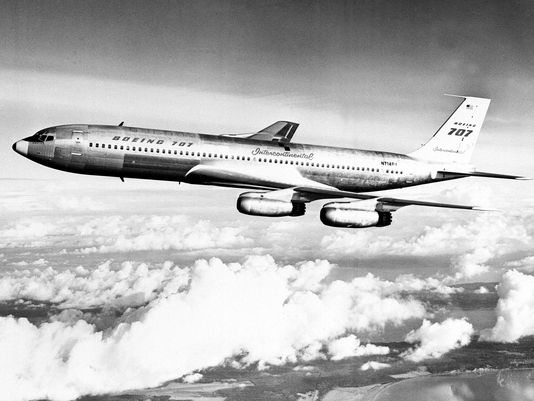

The fuselage and wings of the Intercontinental were lengthened, allowing an increased load and greater fuel capacity. It could carry 189 passengers and had a range 1,600 miles further than the -120. Transoceanic flights without an intermediate fuel stop were possible.
This airplane was the first of 15 which had been ordered by British Overseas Airways Corporation in 1956. It was re-registered G-APFB and delivered to BOAC 9 May 1960.
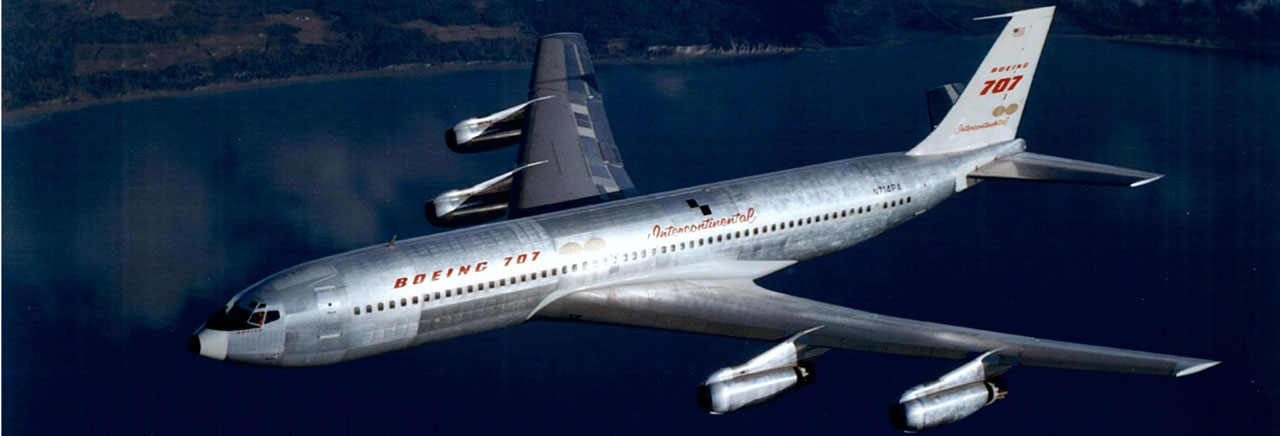
Initially, British aviation authorities refused to certify the -436 because of low-speed handling concerns. Boeing increased the height of the vertical fin 40 inches and added a ventral fin. These modifications became standard on all future 707s and were retro-fitted to those already manufactured.
G-APFB served BOAC until 1974, and then with other airlines. It was sold to Boeing Commercial Airplane Company in 1976. The forward fuselage and cabin was shipped to Renton for use in Boeing’s E-3A Sentry program. The remainder of the airliner was scrapped in 1978.
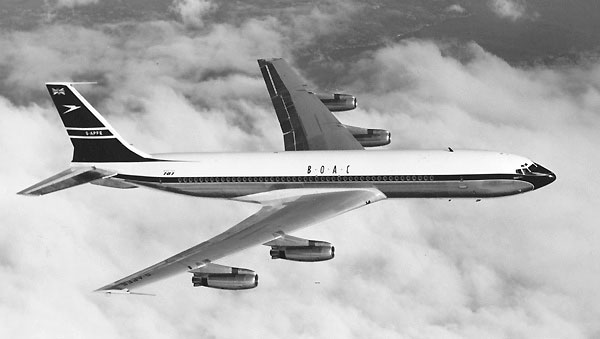
The Boeing 707-420 series airliners were 152 feet, 11 inches (46.609 meters) long, with a wingspan of 142 feet, 5 inches (43.409 meters) and overall height 42 feet, 2 inches (12.852 meters) at its operating empty weight. The leading edges of the wings and tail surfaces are swept 35°. The fuselage has a maximum diameter of 12 feet, 8.0 inches (3.759 meters). The 707 International has a typical empty weight of 142,600 pounds (64,682 kilograms), and a maximum takeoff weight (MTOW) of 312,000 pounds (141,700 kilograms). The usable fuel capacity is 23,820 gallons (90,169 liters).
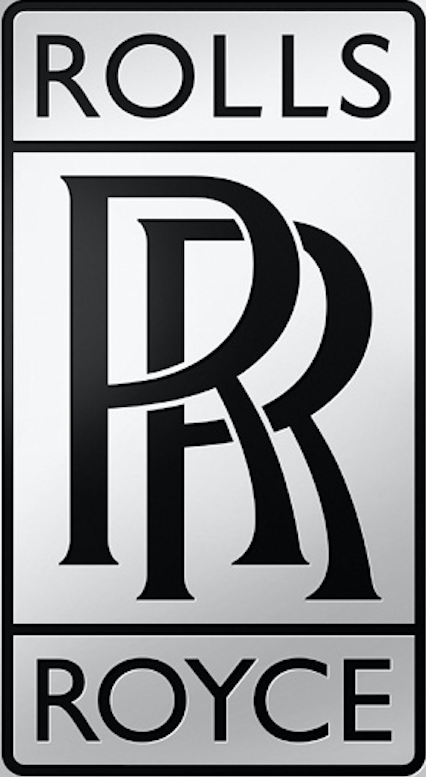
The -420 series had a maximum cruise speed of 593 miles per hour 954 kilometers per hour) at 30,000 feet (9,144 meters)—0.87 Mach; and economical cruise speed of 550 miles per hour (885 kilometers per hour) at 35,000 feet (10668 meters).
Boeing built 1,010 Model 707 airplanes between 1957 and 1979. Of these, 37 were the 707-420 Intercontinental variant.
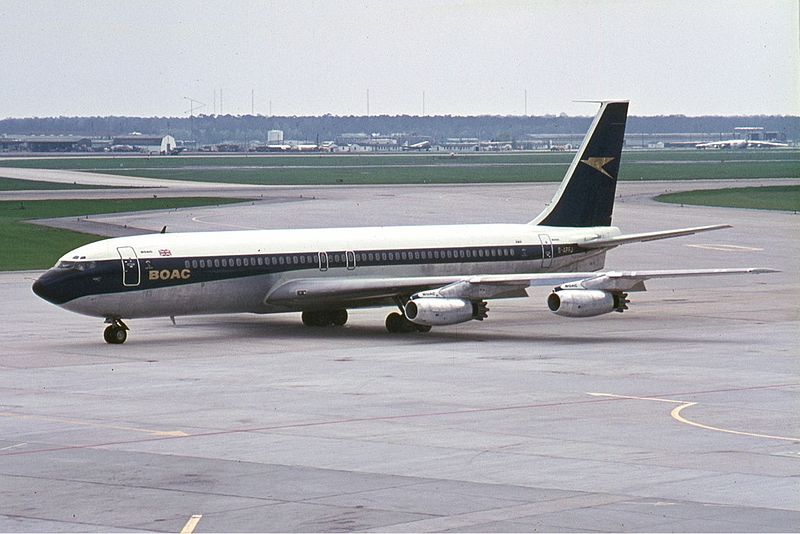
© 2018, Bryan R. Swopes
My first commercial flight back to the states from the far east was a 707 , as being in the Air Force at the time I was flying in all types of props all over the far east . To fly from Japan to Hawaii in one leg was fantastic , then on to California , WOW ! It took a stop in Hawaii then Wake then on to Japan to get there . 1961 I went on to New Orleans in another 707 to my next tour , of all things went to a DC-3 (C-47) the rest of the way .
The BOAC 707 that’s pictured in flight, G-APFE was destroyed by mountain wave turbulence near Mt. Fuji in the mid-1960’s. There’s many pictures of the wreckage falling after the breakup and even film of the plane’s takeoff from Tokyo less than 1/2 hour before the accident behind the wreckage of a Canadian Pacific DC-8 that had crashed the night before.
Yes, thank you Christian. Please see TDiA at: https://www.thisdayinaviation.com/5-march-1966/
There’s a brilliant story in Rober Gannt’s “Sky Gods: The Fall of Pan Am” detailing how Juan Trippe wanted the 707 to have intercontinental capability, but they weren’t budging. He secretly negotiated with Donald Douglas to get Douglas to commit to building the DC-8. He and Betty held a cocktail party in the Manhattan apartment, to celebrate the 707 deal, and he announced, oh, by the way, we’ve ordered 25 DC-8s, the new intercontinental model Douglas is going to make. Boeing renegotiated the contract to where Pan would purchase of the few 100 series already in production, and the rest of the order of 18 or 19 or so would be 300 series intercontinental models. Trippe was a genius negotiator!